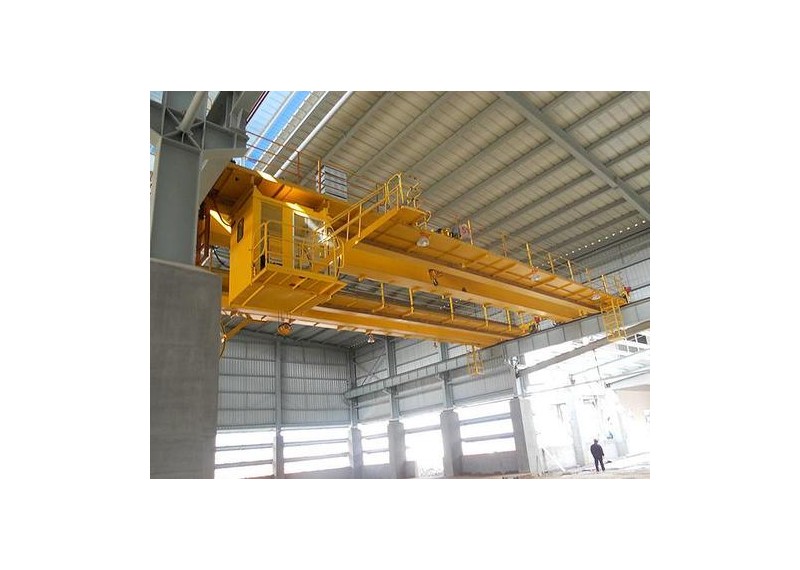
What are the precautions for the safe operation of cranes
The safety of crane hoisting operations is an important part of engineering safety. To ensure the safety of crane hoisting operations, it is necessary to operate in accordance with operating regulations. Specific considerations:
1. The personnel involved in lifting operations, including drivers, crane workers, signal commanders, electric welders, etc., should be special operations personnel, and must be personnel who have been professionally trained, evaluated and obtained a certificate, and confirmed by physical examination to be able to carry out high-altitude operations
2. Before lifting and hoisting operations, the site should be surveyed in detail, and a special construction plan should be prepared according to the characteristics of the project and the operating environment, and approved by the technical person in charge of the enterprise. The content should include: site environment and measures, project overview and construction technology, hoisting machinery The basis of the selection, the design and calculation of the lifting pole, the design of the ground anchor, the design and selection of the wire rope and rigging, the endurance of the ground and the requirements of the road, the placement diagram of the components, and various protective measures during the hoisting process, etc.
3. After the hoisting machinery enters the site, it should be inspected and accepted. The reassembled hoisting machinery should be tested in accordance with the regulations, including static load and dynamic load tests, and various safety devices should be tested for sensitivity and reliability. After assembly according to the plan, the squeegee should be tested by hoisting to confirm that it meets the requirements.

4. In addition to regular maintenance in accordance with regulations, truck cranes should also conduct regular operation tests each year, including rated load and overload tests, to inspect their mechanical properties, structural deformation and load capacity. If the requirements are not met, they should be reduced. Load use
5. Before using the lifting rigging slings, check and accept one by one according to the design requirements of the construction plan.
6. The crane running road should be inspected, and paving measures such as subgrade boxes should be adopted when the ground endurance requirements are not met.
7. Hoisting materials for various protective measures, erection of scaffolding, and preparations for the enclosure of hazardous work areas should meet the requirements of the plan


